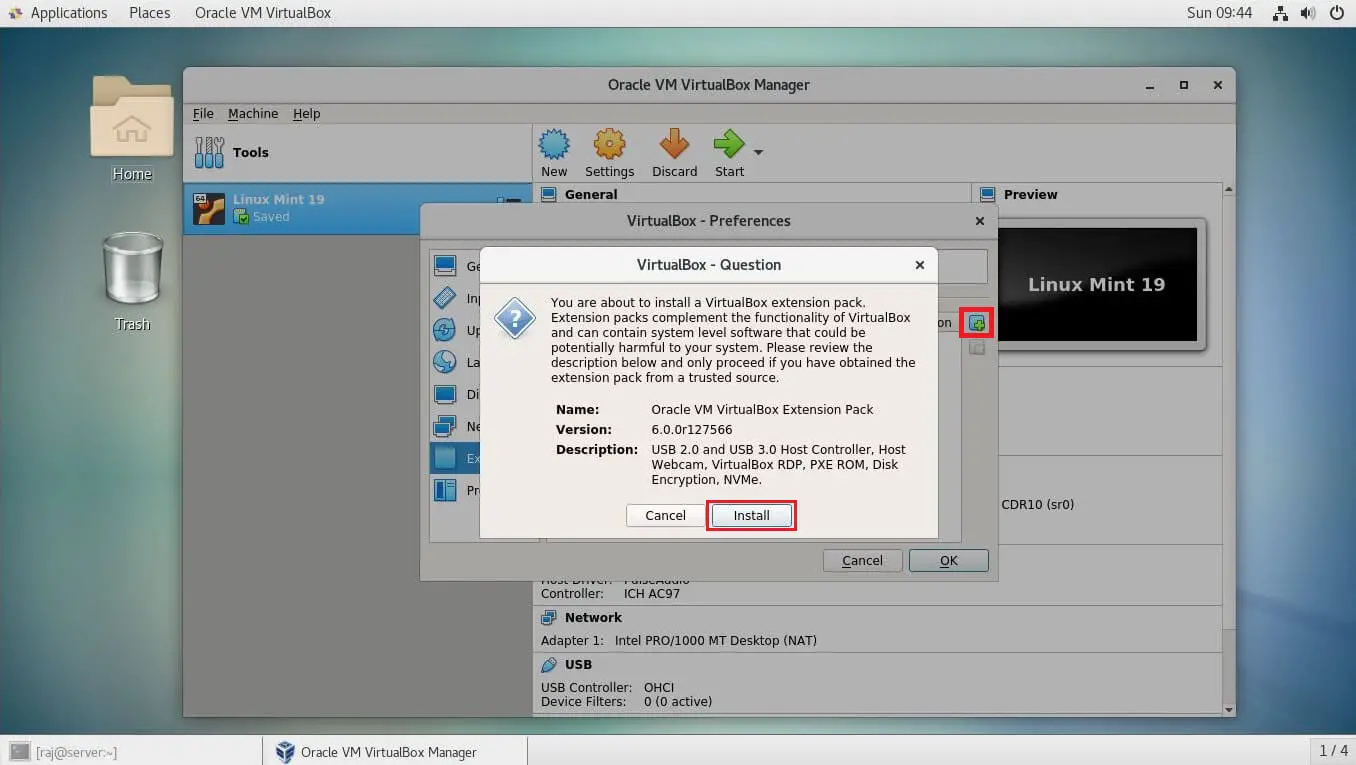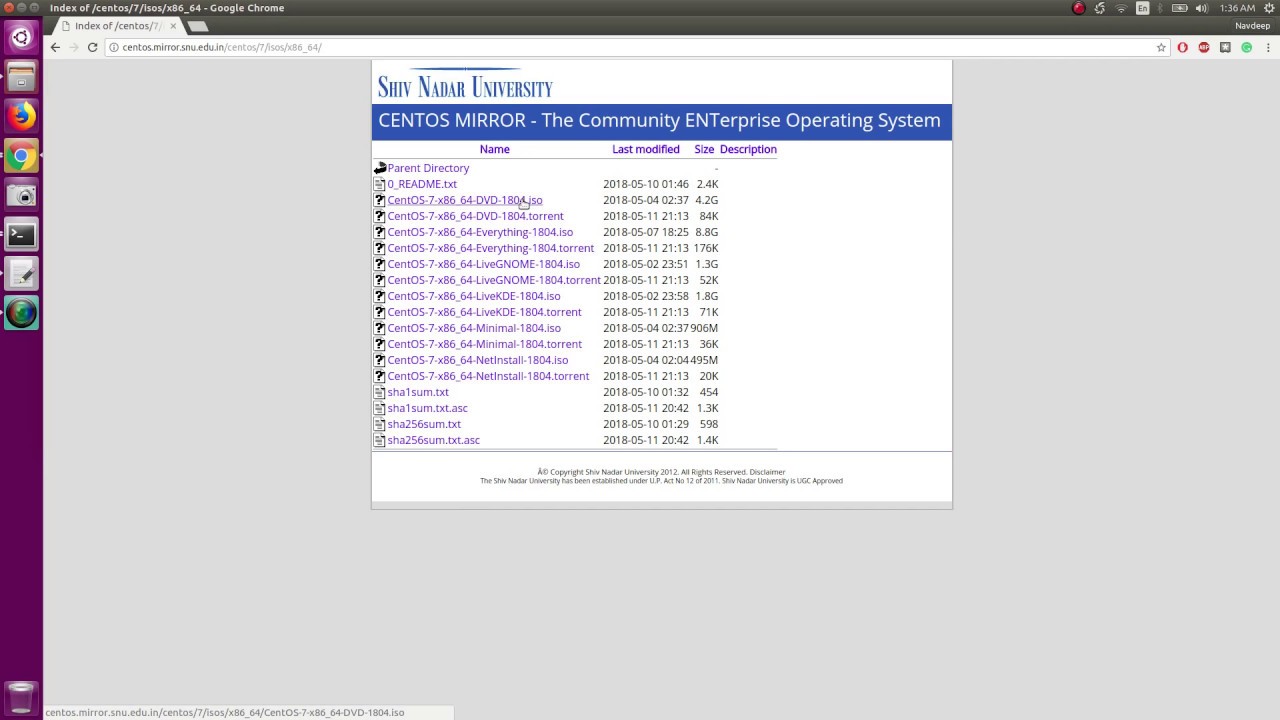

$ echo "deb $(lsb_release -sc) contrib" | sudo tee /etc/apt//virtualbox.list $ sudo apt install software-properties-common To install the latest stable version of VirtualBox, you need to add the official Virtualbox repository using the following command. Installing VirtualBox 7.0 in Debian, Ubuntu, and Linux Mint Make sure you change the kernel version according to your system as shown in red color. If you get any error message like KERN_DIR or if your kernel source directory is not detected automatically by the build process, you can set it by using the following command. Then, re-start the build set-up process and confirm that your VirtualBox installation was successful by running: # /sbin/vboxconfig Once the system is done with booting, log in and once again confirm that the kernel-devel version now matches the version of the Linux kernel. When the update is complete, reboot your system and select the latest kernel from the grub boot menu, this entry is usually the first entry as you can see. To resolve the issue, first, check your installed kernel and then update the Linux kernel by running the command: # uname -r Please install the Linux kernel "header" files matching the current kernel This system is currently not set up to build kernel modules. If you get the following error during the Virtualbox installation, it means there is a conflict between the two Kernel versions. # dnf install VirtualBox-7.0Īt this point, you are ready to start using VirtualBox by running the following command on the terminal. Once you’ve installed all the needed dependency packages, you can install the latest version of VirtualBox using the following command. Install VirtualBox 7.0 in RHEL-based Systems # dnf install dnf install kernel-devel kernel-headers dkms qt5-qtx11extras elfutils-libelf-devel zlib-devel # yum install binutils kernel-devel kernel-headers libgomp make patch gcc glibc-headers glibc-devel dkms -y So, to make VirtualBox fully functional you will need to update your system first, then install some additional modules like DKMS, kernel-headers, kernel-devel, and some dependency packages. Without this module, you can still use VirtualBox to create and configure virtual machines, but they will not work.


VirtualBox uses the vboxdrv kernel module to control and allocate physical memory for the execution of guest operating systems. Install Dependency Packages for VirtualBox

Next, enable the EPEL repository to install build tools and dependencies on the system. To install the latest stable version of VirtualBox, you need to first download the virtualbox.repo configuration file using the following wget command and then import the public key using the rpm command. Installing VirtualBox 7.0 in RHEL-based Systems


 0 kommentar(er)
0 kommentar(er)
